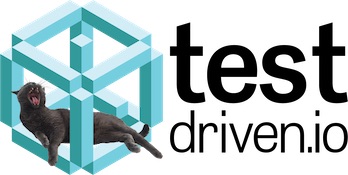Static content
Some content on a website does not change and therefore should be served up either directly through the web server or a content delivery network (CDN). Examples include JavaScript, image, and CSS files.
Types of static content
Static content can be either assets created as part of your development process such as images on your landing page or user-generated content. The Django framework calls these two categories assets and media.
Content delivery networks
A content delivery network (CDN) is a third party that stores and serves static files. Amazon CloudFront, Akamai, and Rackspace Cloud Files are examples of CDNs. The purpose of a CDN is to remove the load of static file requests from web servers that are handling dynamic web content. For example, if you have an nginx server that handles both static files and acts as a front for a Green Unicorn WSGI server on a 512 megabyte virtual private server, the nginx server will run into resource constraints under heavy traffic. A CDN can remove the need to serve static assets from that nginx server so it can purely act as a pass through for requests to the Green Unicorn WSGI server.
CDNs send content responses from data centers with the closest proximity to the requester.
Static Content Resources
-
Crushing, caching and CDN deployment in Django shows how to use django-compressor and a CDN to scale static and media file serving.
-
django-storages is a Django library for managing static and media files on services such as Amazon S3 and other content delivery networks.
-
RevSys has a nice article on a range of important static file optimizations such as setting cache headers, optimizing JavaScript and reducing the size of images.
-
Twelve folks with significant experience working on and with CDNs provide their perspectives in this piece: CDN experts on CDNs.
Static content learning checklist
-
Identify a content delivery network to offload serving static content files from your local web server. I recommend using Amazon S3 with CloudFront as it's easy to set up and will scale to high bandwidth demands.
-
Update your web application deployment process so updated static files are uploaded to the CDN.
-
Move static content serving from the www subdomain to a static (or similarly named) subdomain so browsers will load static content in parallel to www HTTP requests.
构建 Web 应用程序的下一步是什么?
Sponsored By

Fix errors in your Python code before your users see them by monitoring with Rollbar.
Learn More Python

Deploy web apps with the Ansible configuration management tool.

Build microservices with Docker, Flask & React in this great course.
Full Stack Python
Updates via newsletter, Twitter & Facebook.
